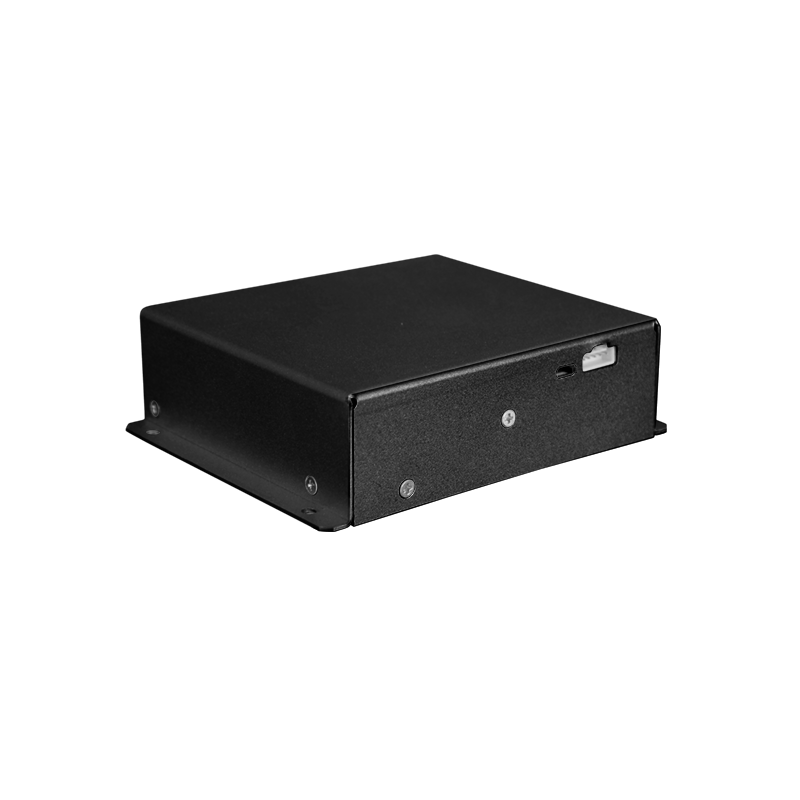The Application and Efficiency Optimization of High Voltage AC Power Supply Systems in Electric Vehicle Charging Piles
With the popularization of electric vehicles and the increasing awareness of environmental protection, the demand for electric vehicle charging piles is growing day by day. As the core component of electric vehicle charging facilities, the application and efficiency optimization of high-voltage AC power supply systems in charging piles are particularly important. This article will explore the application of high-voltage AC power supply systems in electric vehicle charging piles and strategies for improving efficiency from a professional perspective.
I. Application of High Voltage AC Power Supply Systems in Charging Piles
Electric vehicle charging piles are usually divided into two types: slow charging piles and fast charging piles. Among them, fast charging piles have attracted widespread attention due to their fast charging speed and high efficiency. As the core power supply equipment of fast charging piles, high-voltage AC power supply systems play an important role in efficiently transmitting electrical energy to the battery packs of electric vehicles.
In the charging pile, the high-voltage AC power supply system converts alternating current into direct current through a rectifier and accurately controls the current and voltage through the charging controller to achieve rapid and safe charging of the electric vehicle battery. At the same time, the high-voltage AC power supply system also has comprehensive protection functions, such as overcurrent, overvoltage, and undervoltage protection, ensuring the safety and reliability of the charging process.
II. Efficiency Optimization of High Voltage AC Power Supply Systems
Improving charging efficiency is the key to the development of electric vehicle charging piles. The efficiency optimization of high-voltage AC power supply systems can be carried out from the following aspects:
1. Power Factor Correction (PFC): PFC technology can effectively improve the power factor of power electronic devices, reduce harmonic pollution in the power grid, and thus improve the overall system efficiency. Applying PFC technology in charging piles can reduce grid loss and improve charging efficiency.
2. Soft Switching Technology: Soft switching technology reduces switching losses and improves switching frequency by introducing resonance during the switching process, allowing switching devices to turn on or off under zero voltage or zero current conditions. Applying soft switching technology in high-voltage AC power supply systems can significantly improve system efficiency and reliability.
3. Dynamic Voltage Regulation (DVR): DVR technology can dynamically adjust the output voltage according to the charging needs of the electric vehicle battery, avoiding energy waste caused by fixed voltage output. By implementing DVR strategies, precise control of the charging process can be achieved, improving charging efficiency.
4. Efficient Heat Dissipation Design: High-voltage AC power supply systems generate certain amounts of heat during operation, and poor heat dissipation will affect system performance. Therefore, adopting efficient heat dissipation designs, such as heat pipe cooling and liquid cooling technologies, helps to maintain the system within an appropriate operating temperature range, thereby improving work efficiency and stability.
5. Intelligent Management: By introducing advanced technologies such as the Internet of Things and big data, functions such as remote monitoring, fault diagnosis, and intelligent scheduling of charging piles can be realized. This not only improves the operational efficiency of charging piles but also helps to identify and solve potential problems in a timely manner, ensuring the stable operation of high-voltage AC power supply systems.
III. Conclusion
In summary, the application of high-voltage AC power supply systems in electric vehicle charging piles has broad prospects. By adopting advanced power factor correction, soft switching technology, dynamic voltage regulation, efficient heat dissipation design, and intelligent management measures, the charging efficiency and reliability of charging piles can be effectively improved, providing strong support for the rapid development of electric vehicles.




















